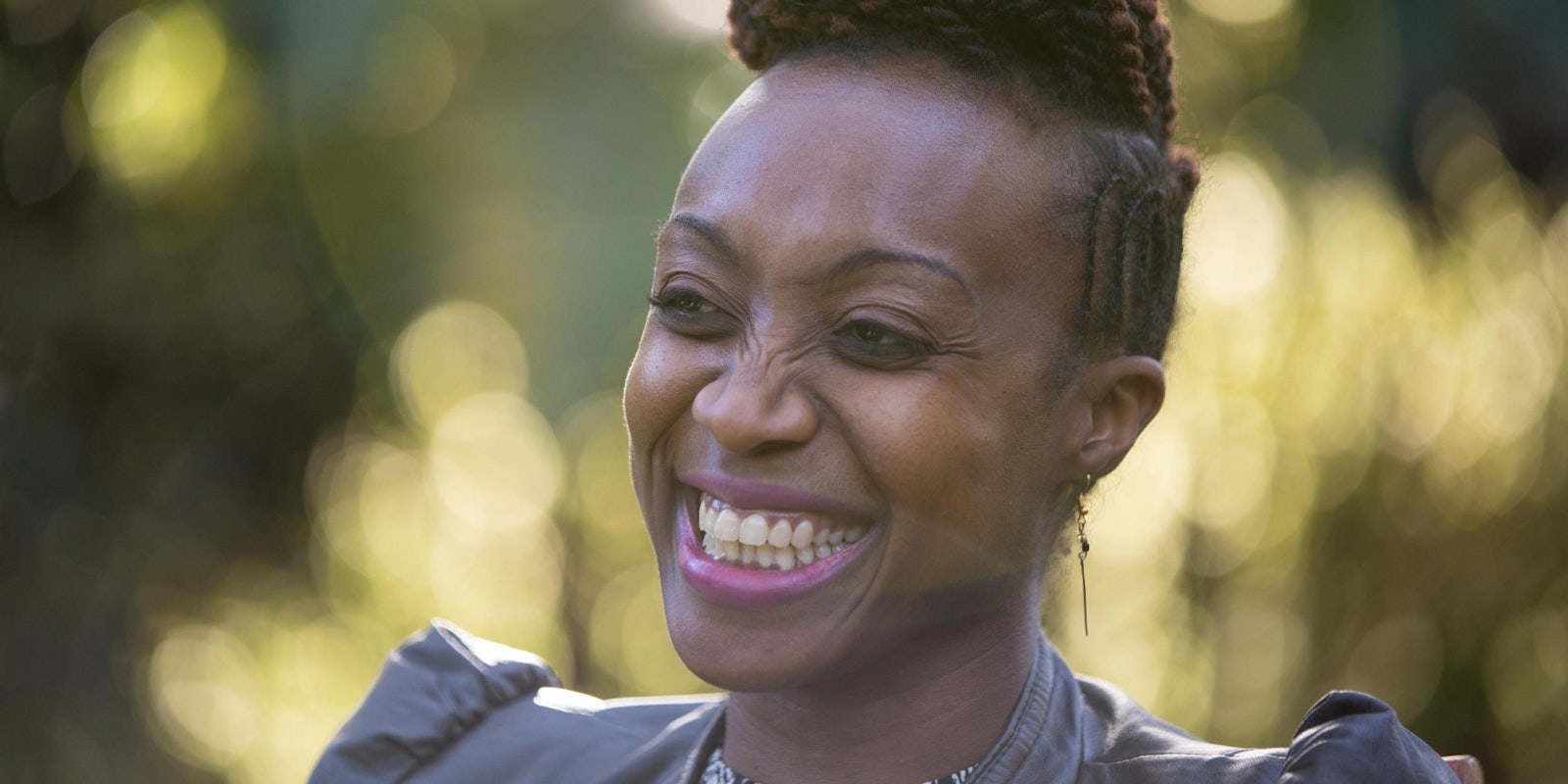Women’s History Month is often a time of looking back at women who’ve inspired us. But international non-profit Kiva has its eyes on the future.
To celebrate International Women’s Day, Kiva has set an ambitious but achievable goal: to raise $3 million for female entrepreneurs across the globe through their #InvestInHer campaign. As part of the campaign, the non-profit is using its own funds and generous loans from a variety of sponsors to offer 10,000 first-time users the opportunity to lend the equivalent of $25 to the woman of their choice at no cost to the lender.
So how does it all work?
Kiva’s bread and butter is micro-loans. For this campaign, users can search through Kiva’s database of entrepreneurial women and pick someone to donate $25 to—money that is put up by Kiva sponsors, not you. You can then track the success of the woman you supported, and Kiva hopes that you enjoy the experience and choose to invest your own money in a different project.
For those that do invest their own money, they are paid back after the lending period is over, and they too have the option of re-lending their loan to a new campaign, donating the money, or withdrawing their funds.
In its 10 years of work to alleviate poverty and create opportunity, Kiva has grown to 1.6 million members, with $950 million in loans to 2.6 million entrepreneurs.
According to Jason Riggs, Kiva’s senior director of communications, over 75 percent of borrowers on Kiva are women. Riggs told the Daily Dot, “Crowdfunding and microfunding are popular among women because they tend to lack more traditional pathways to access credit.”
This is true, Riggs explained, “in developing countries where ownership and inheritance laws keep them [from accessing credit]. And even in the U.S. in small-business-funding, women only get one out of every 23 dollars in small business loans that are made.”
Kiva is also sharing several success stories from diverse borrowers around the world. From Vava, a Kenyan woman who founded her own coffee company, to Keely, a South Dakotan farmer who founded a rooftop hops farm in Brooklyn. The stories highlight the women’s shared passion for their work and their desire to connect and build community and extend opportunities to others.
Of her farm, Keely reflected, “I’m not going to get rich growing hops. It’s more a way for me to help connect people with the agricultural side of the beer industry. I want to be a place where people can come to connect. I want to do more workshops and events. It’s a good way to talk to people about the challenges of farming on a rooftop in the city.”
Vava, who lives a world away in Kenya, echoed Keely’s sentiment. “This is not a get-rich scheme, this is my life, my everything… It’s something that I started purely out of passion and the need to create positive change for the Kenyan coffee farmer and coffee farmers in Africa,” said Vava.
According to Riggs, that pattern is evident across the globe: “Many studies show that women are much more likely than men to reinvest their income into the well-being and education of their families and communities. When women are allowed to participate economically, poverty and hunger are reduced and cycles of war and hunger are broken.”
He added, “The reason we’re doing this campaign is to really highlight the issues about women’s access to credit and what that means for them, families, and communities.”
Kiva is steadily climbing towards their $3 million goal. As of the writing of this article, it’s raised 2.5 million from 19,000 individuals going to more than 3,000 women in the U.S. and 80 other countries.
A few celebrities have helped the cause too, including Kathy Najimy, REM, Mario Batali, and Adrien Grenier.
So if you’re looking for a way to celebrate International Women’s Day, why not #InvestInHer?


